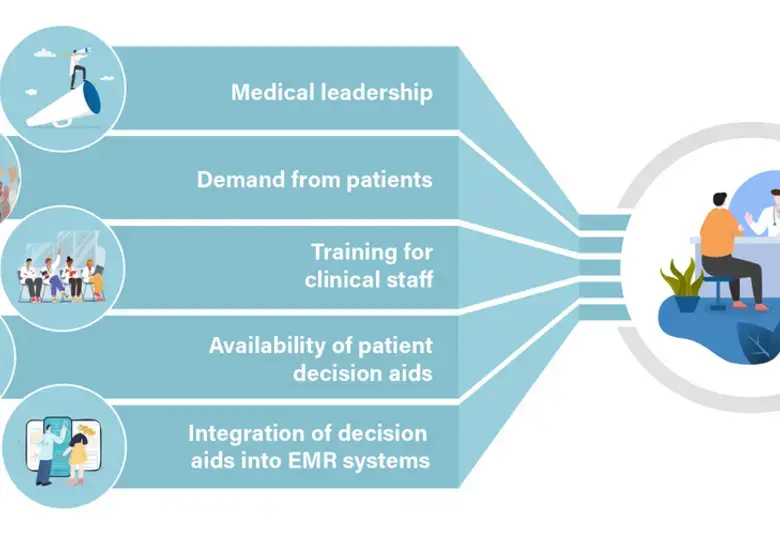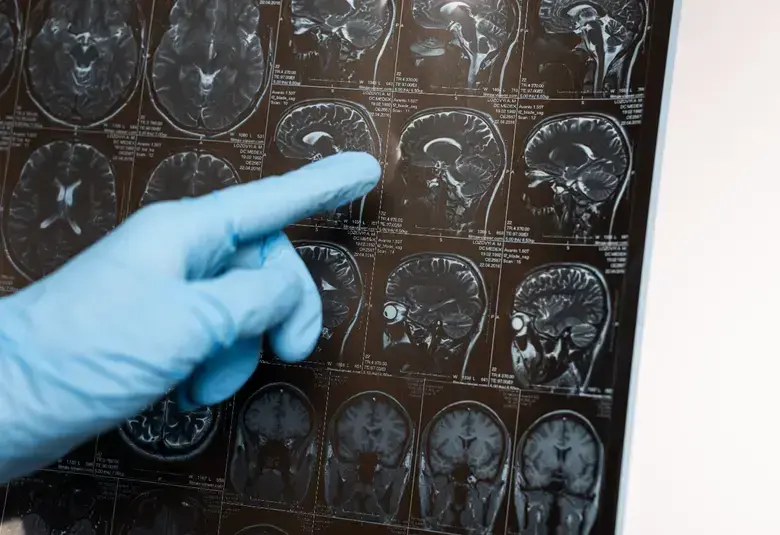Given imaging and cognitive science evidence that bipolar disorder is neuroprogressive, early intervention should have a favorable impact on illness trajectory. And the earlier the intervention, the better. How far do clinical studies support this idea?
In patients who have just recovered from their first episode of mania, gray matter volume is no different from that in healthy controls.1 At this early stage, patients’ brains are relatively intact, Professor Lakshmi Yatham (University of British Columbia, Vancouver, Canada) told CINP 2021 virtual.
On a systematic review of voxel-based morphometry in patients with first-episode mania, the only area with consistent evidence of abnormality is the anterior cingulate cortex, which is smaller.2 There is, for instance, no enlargement of the lateral ventricles.
Brain imaging suggests a window of opportunity for early intervention to prevent or delay neuroprogression
In contrast, patients who have had bipolar disorder (BD) for a longer period show reduced amygdala, hippocampal and thalamic volumes and enlarged ventricles.3
Neurocognition worsens with each episode
Further evidence that the disease is progressive comes from the fact that neurocognition worsens with each episode of mania.4 And it is notable that, with increasing number of recurrences of BD, the interval between episodes becomes shorter.5
All of this evidence suggests that treatment earlier in the course of BD should be more effective. And a comprehensive literature review does indeed provide evidence that earlier treatment (both pharmacological and psychological) improves response and relapse rate, time to recurrence, symptoms, remission, psychosocial functioning and employment prospects.6
Brain structures and cognitive functions can be preserved, especially if recurrences are prevented
STOP-EM initiative shows promise
The Vancouver group’s Systematic Treatment Optimization Program for Early Mania (STOP-EM) initiative initially enrolled 53 patients (mean age 19 years) with first episode mania.7
At baseline, BD patients showed a clear deficit in cognitive performance when compared with healthy controls.8 But the gap closed over a year of optimum psycho-education and pharmacological treatment, Professor Yatham reported.
This improvement was marked in patients who stayed well during this period, though it was less evident in those who had a recurrence.
Longer follow-up of the cohort over three years now suggests that, even if the deficit compared with healthy controls cannot be closed, it can at least be prevented from worsening.9
We urgently need more intervention studies in high-risk and prodromal groups
First episode, prodrome or high-risk?
Given the heritability of BD and the prominence of family history, and the likely presence of non-specific but suggestive symptoms, could intervention be offered before the occurrence of a first episode of mania - to people at high risk or in the sub-syndromal stage?
People in high-risk and prodromal groups have a high rate of conversion to BD – approximately 20% over one year and 50% over five 10,11 – suggesting a clear opportunity for intervention to delay incidence of the disorder.
A recent meta-analysis combined data from 16 early intervention studies in high-risk groups: five of pharmacological intervention, ten of psychotherapy, one of combined approaches.12
While this meta-analysis showed evidence of benefit on symptoms and functioning, only one trial included had conversion to BD as an outcome. But the results of this trial were encouraging, Professor Yatham suggested. By intent-to-treat analysis, conversion to BD occurred in 45% of waiting list controls but in only 12% of people offered family psychoeducation and therapy.13
This symposium was supported by Sumitomo Dainippon Pharma/ Sunovion
For the latest updates on sea.progress.im, subscribe to our Telegram Channel https://bit.ly/telePiM
Our correspondent’s highlights from the symposium are meant as a fair representation of the scientific content presented. The views and opinions expressed on this page do not necessarily reflect those of Lundbeck.




